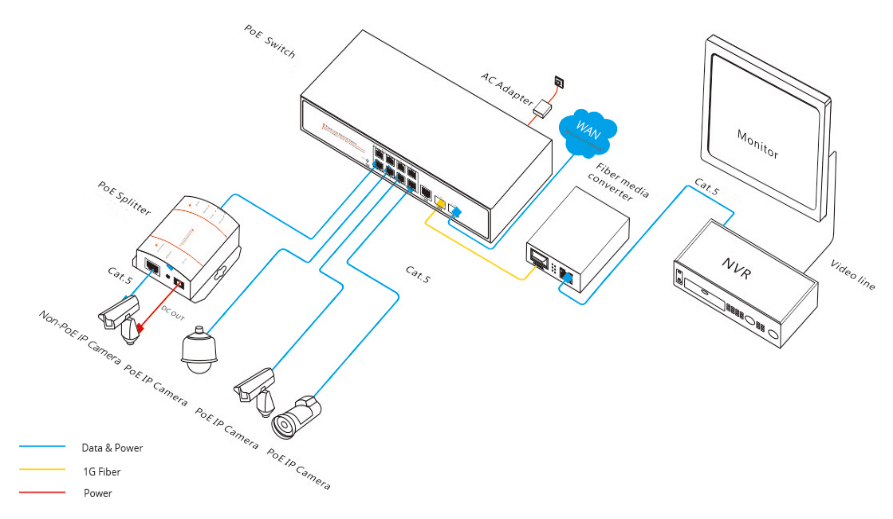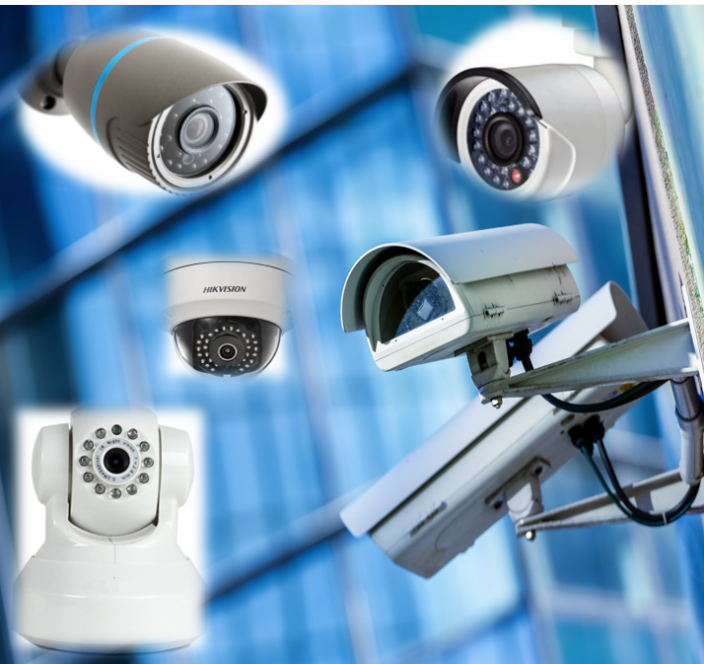SLAAE27 June 2021 MSP430FR2155 , MSP430FR2155
1 Introduction
Video surveillance cameras are ubiquitous for commercial building security and are becoming more prevalent in home security systems. An IP network camera is a type of video surveillance camera with networking and video processing combined into one unit. It captures and transmits live images over the network enabling remote viewing and control from anywhere at any time. The camera must support user controlled focus, tilt, and iris to maximize coverage.
 Figure 1-1 Block Diagram for IP Network
Camera
Figure 1-1 Block Diagram for IP Network
CameraIP network cameras can be used to monitor an entire area by manual or electronic motorized control of direction and angle. The camera may tilt up and down or swivel to the left and right, preferably with less vibration and noise. It uses motorized control of camera lens for zoom and focus functions to allow for image clarity and better field of view. Such fine movements use stepper motors driven as open loop systems with no sensors required for position and speed control.
Camera iris control adjusts the amount of light that comes through the lens. If the iris creates a larger opening, more light can get through; a smaller opening allows less light through. The light that the iris allows through hits the image sensor and that light gets recorded as electrical impulses that create the video. Iris control is motorized using simple brushed DC motors to automatically adjust the iris opening.
 Figure 1-2 IP Network Camera
Figure 1-2 IP Network Camera